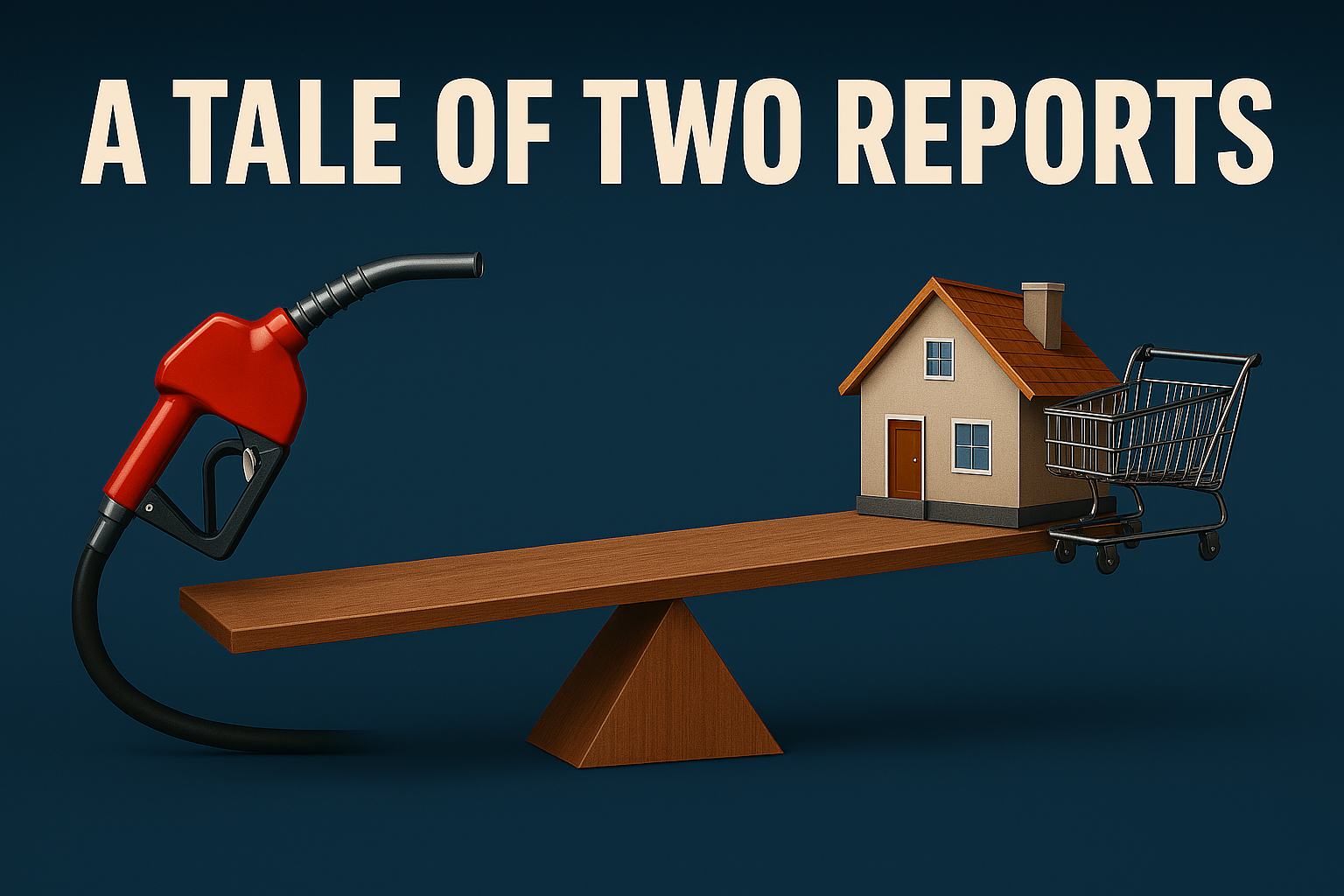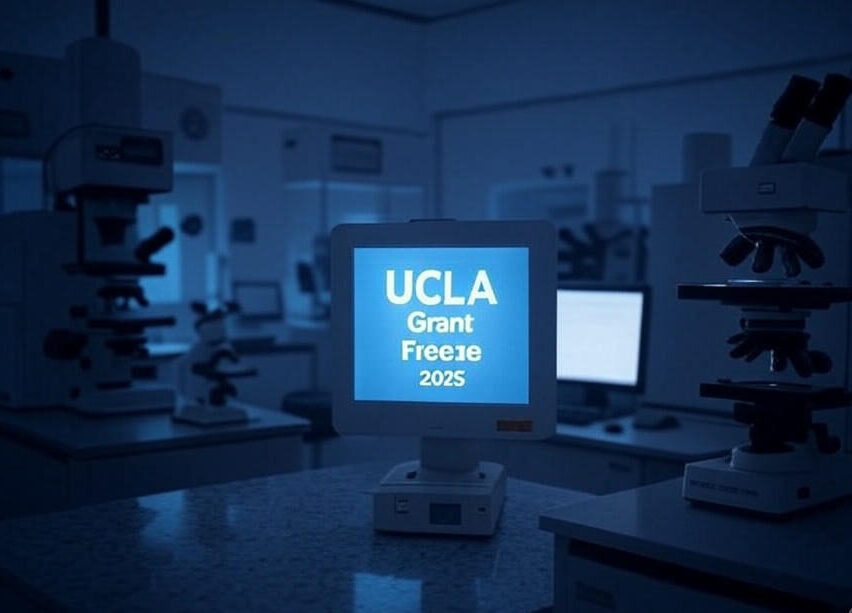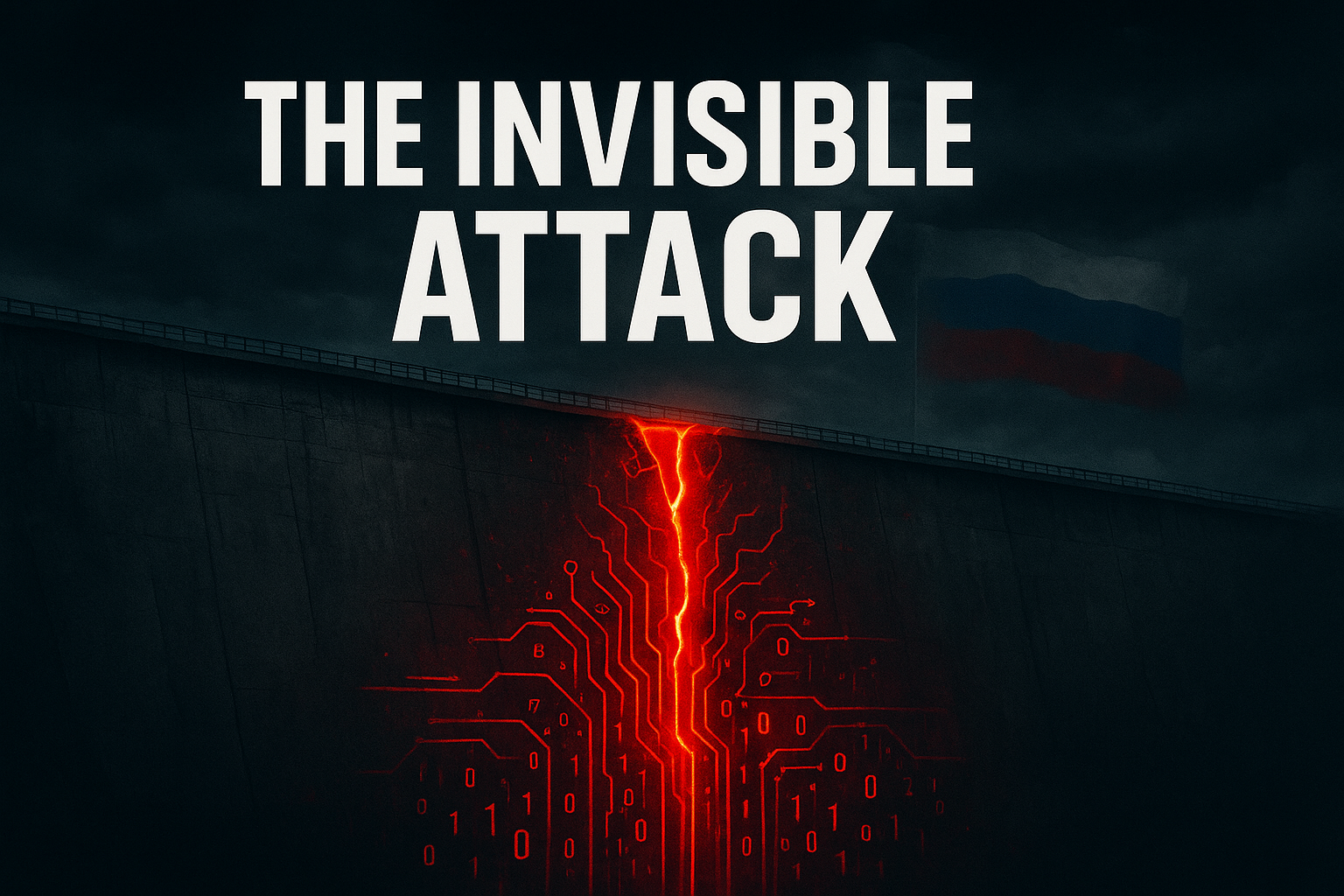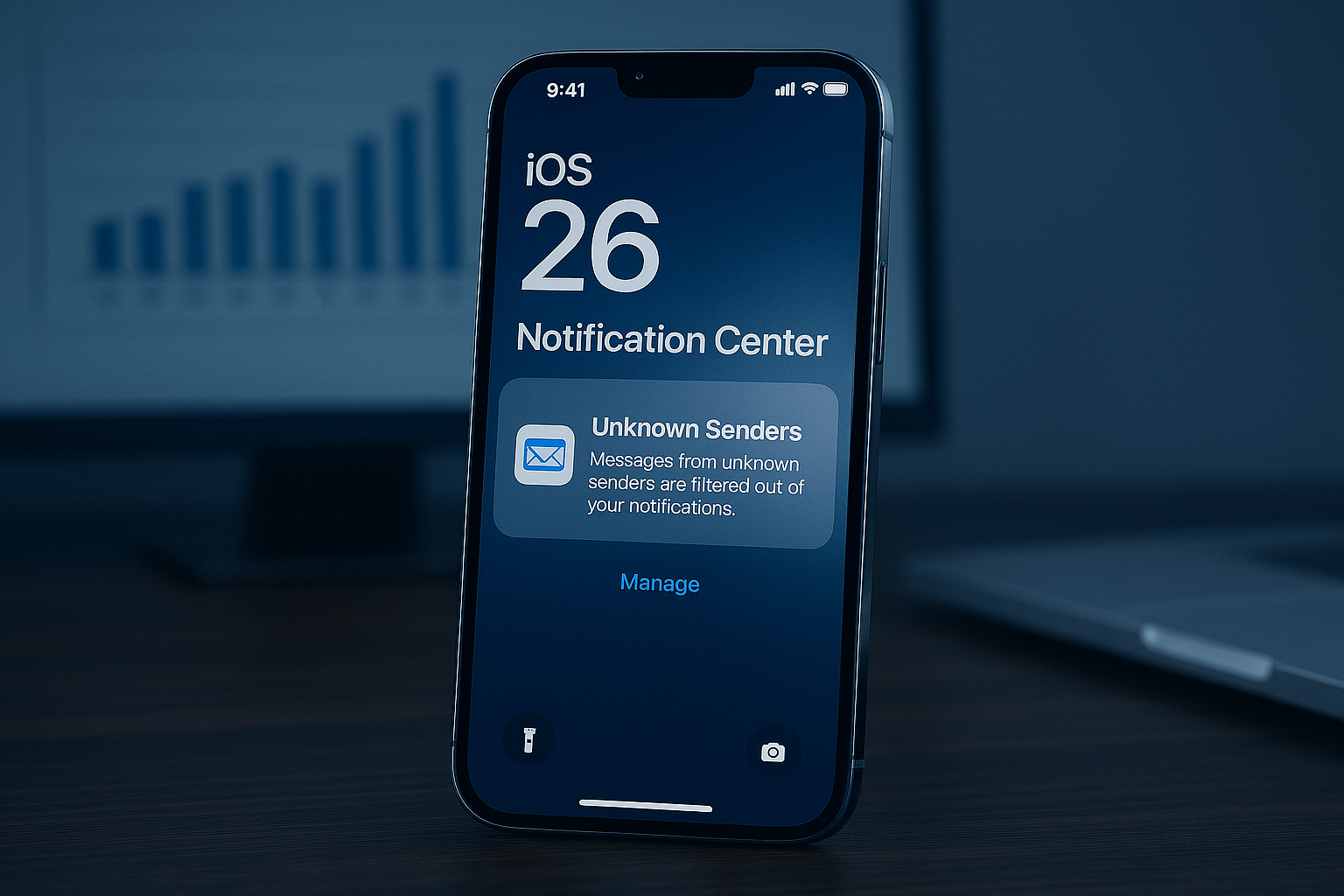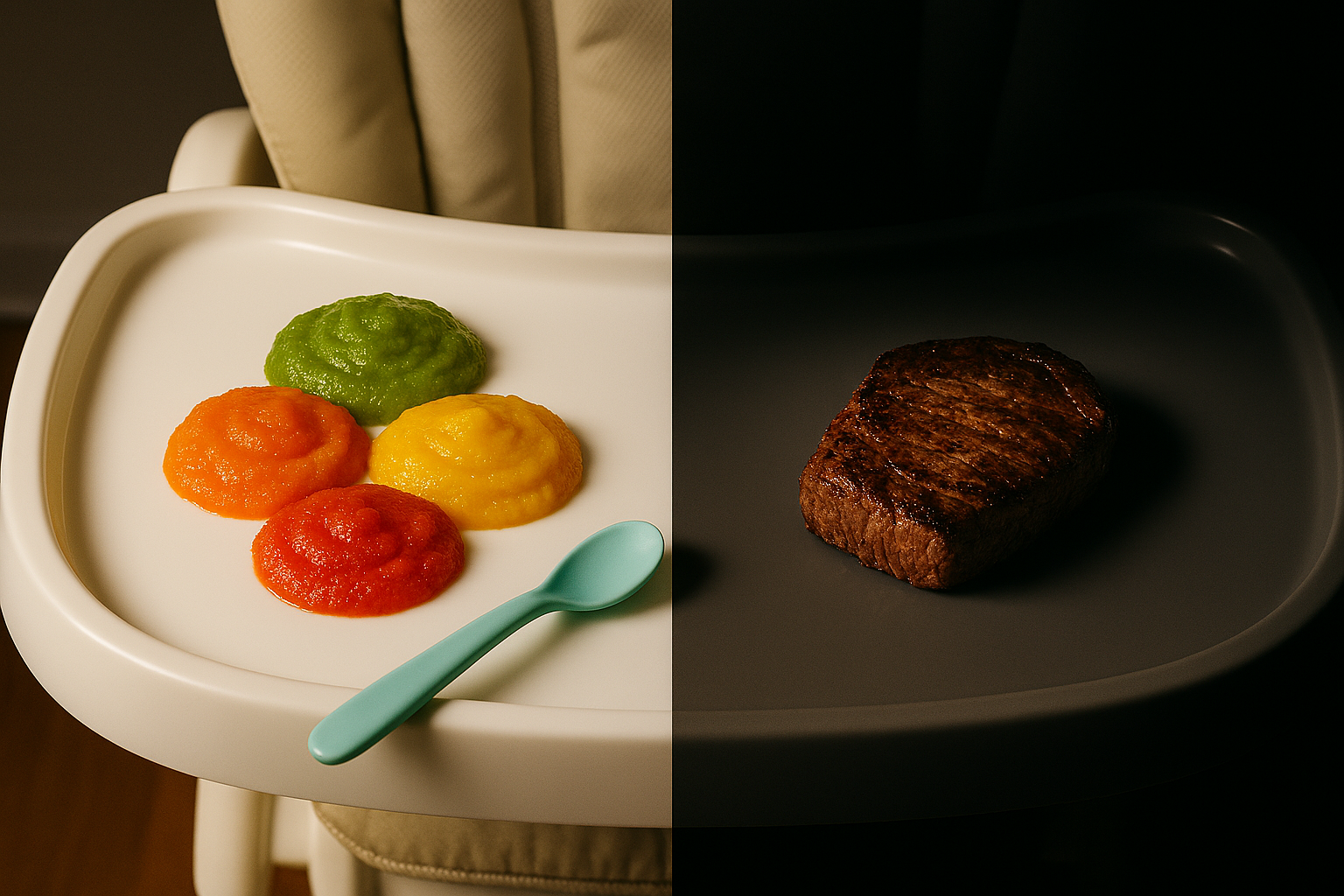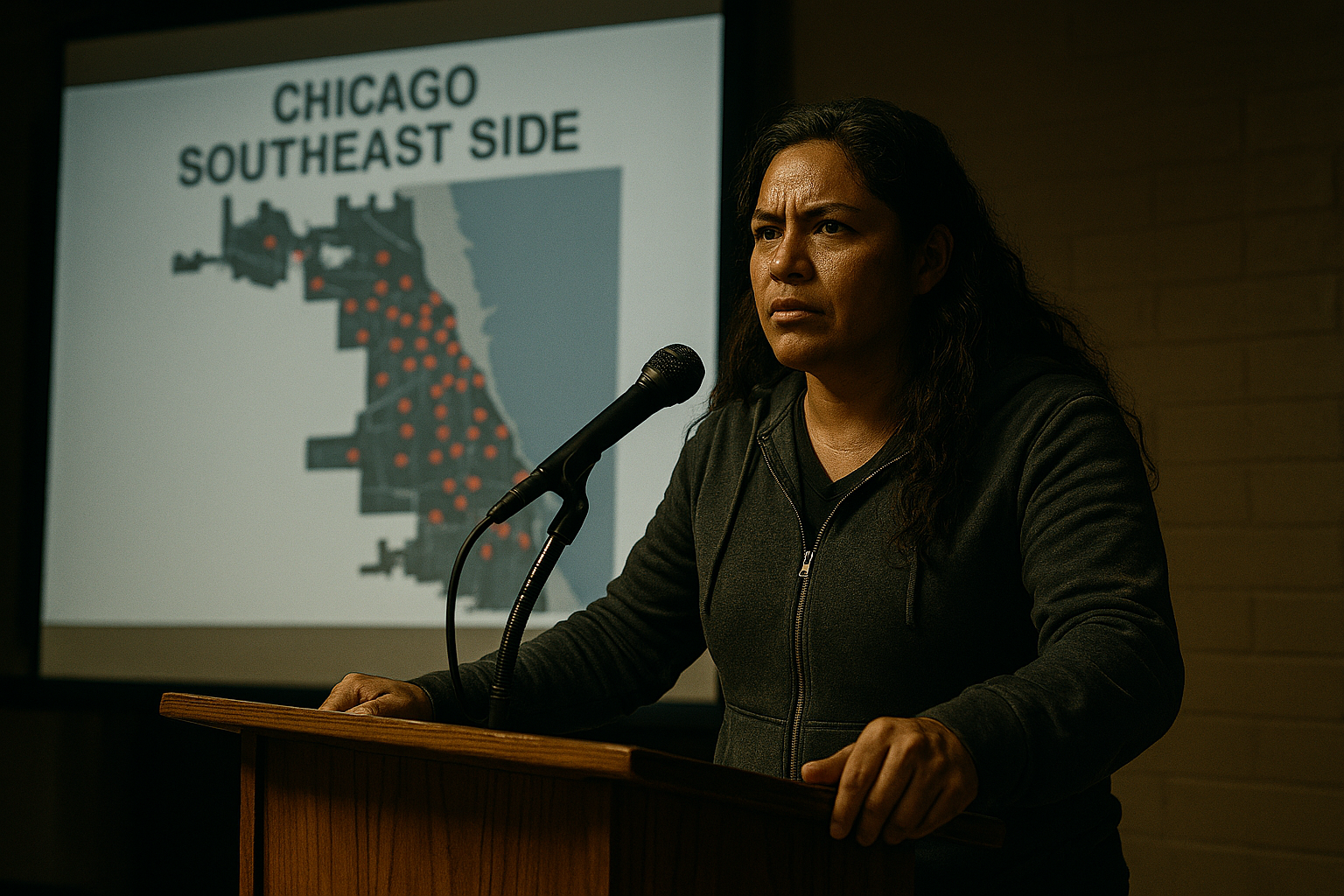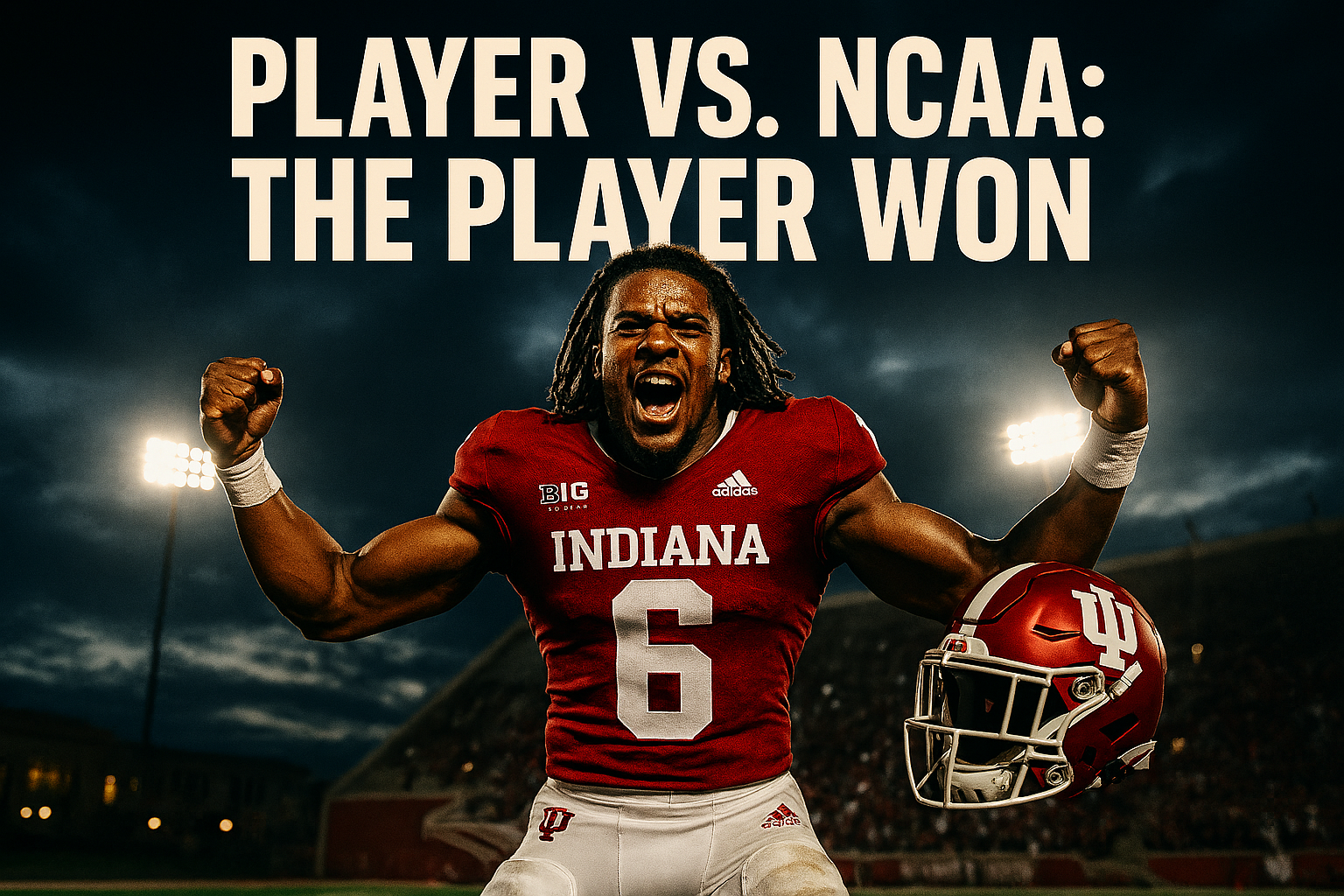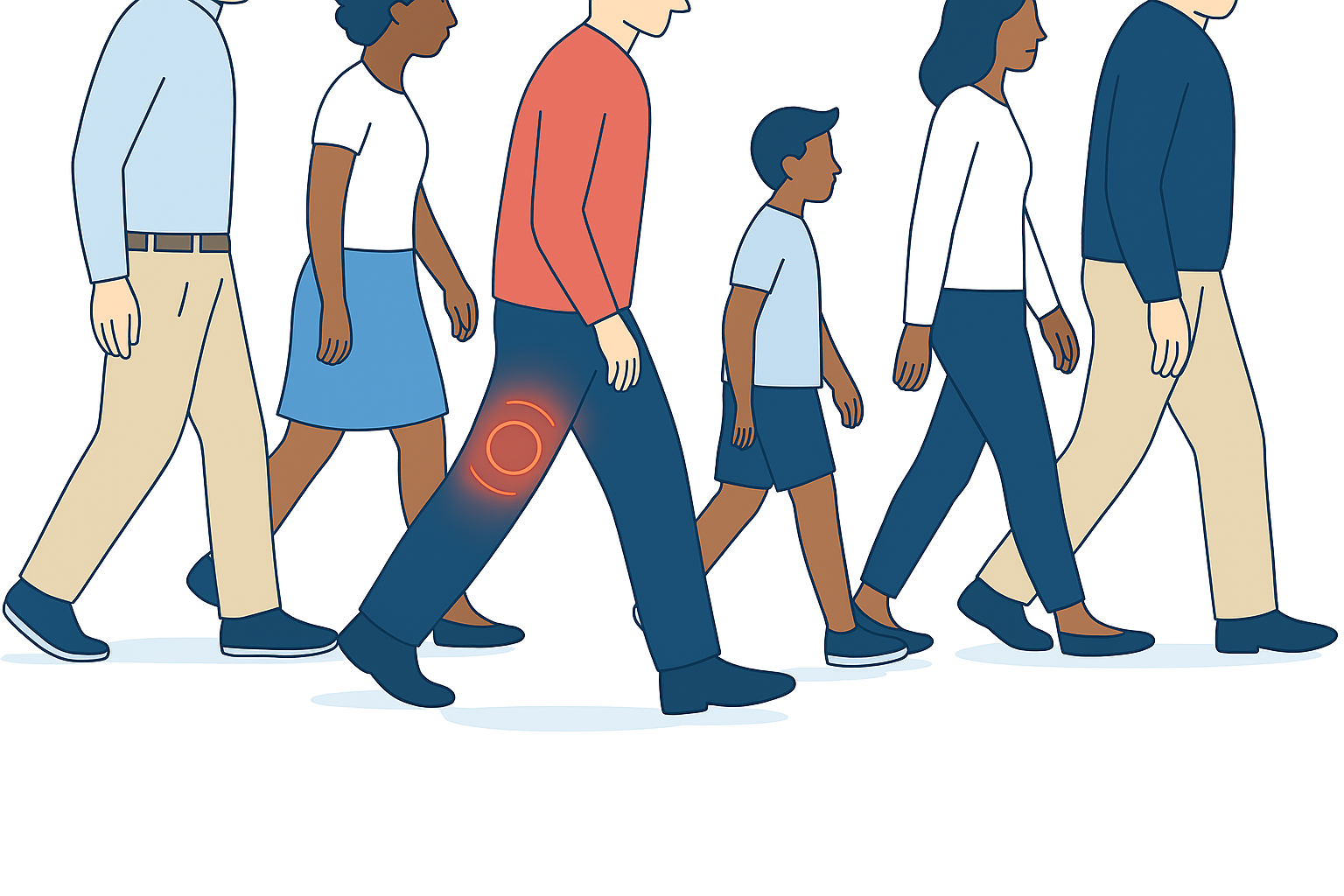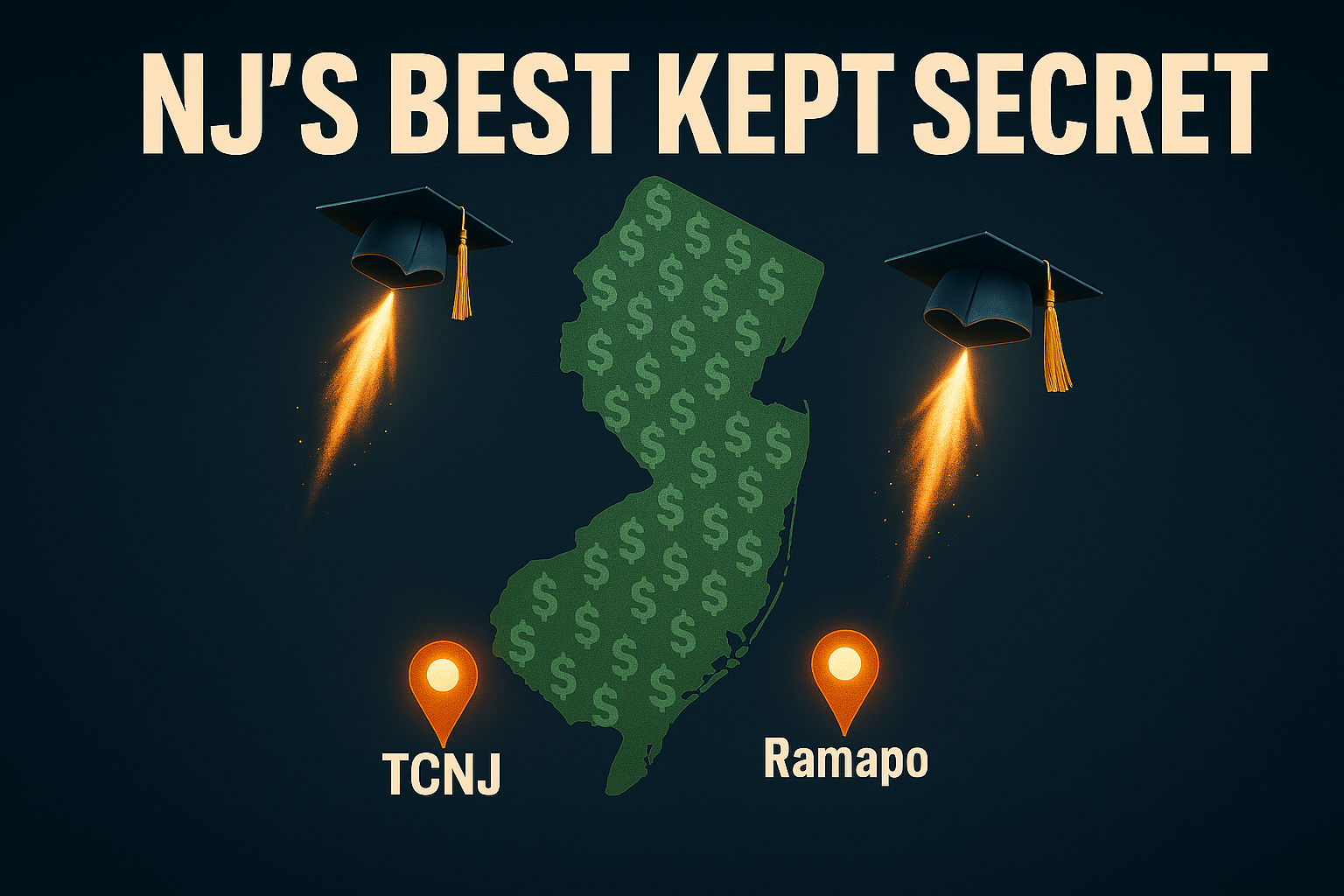Tesla Eyes Robotaxis for NYC With New Job Post

Tesla Signals NYC Robotaxi Push With Job Posting
Tesla is signaling its ambition to conquer the ultimate urban challenge, posting a job opening for a “Vehicle Operator” in New York City, a clear move to begin Tesla FSD testing on the city’s notoriously chaotic streets. This development is the strongest indication yet that the Tesla robotaxi New York City plan is moving forward, setting the stage for a high-stakes battle with existing ride-hailing services and rival autonomous vehicle companies like Waymo.
The move by Elon Musk’s automaker to tackle Manhattan’s dense traffic, unpredictable pedestrians, and complex road network is a bold statement. It represents a critical test for its vision-based Full Self-Driving (FSD) technology and a direct challenge to the city’s stringent transportation regulators.
The Job Posting: A Glimpse into Tesla’s Strategy
The job posting, which seeks drivers to support FSD development, is more than just a hiring notice; it’s a strategic signal. It indicates that Tesla is ready to move from collecting data in relatively simpler suburban environments to stress-testing its system in one of the most difficult driving environments in the world.
The role of these test drivers will be crucial:
- They will supervise the FSD system in real-world city driving conditions.
- They will meticulously log data on system performance, errors, and “disengagements” (instances where the human driver has to take over).
- This data is vital for training Tesla’s neural networks to navigate the unique challenges of NYC, from aggressive taxi drivers to jaywalking pedestrians.
The Ultimate Proving Ground: NYC vs. FSD
New York City is the final boss for any autonomous vehicle technology. Unlike the wide, sunny streets of Phoenix where Waymo has thrived, NYC presents a unique set of obstacles.
| NYC Challenge | Tesla’s Technological Approach |
|---|---|
| Dense Traffic & Aggressive Drivers | Relies on AI to predict and react to complex, unpredictable vehicle movements. |
| Pedestrians & Cyclists | Uses its camera-only “Tesla Vision” system to identify and track vulnerable road users. |
| “Urban Canyons” & GPS Issues | Less reliant on GPS, focusing on visual landmarks, which could be an advantage. |
| Complex Regulations | Must navigate the powerful Taxi & Limousine Commission (TLC) and other city agencies. |
The performance of Tesla FSD testing in this environment will be scrutinized like never before. Success would be a massive validation of its camera-based approach; failure would be a major public setback.
A Looming Showdown: Waymo vs. Tesla in NYC
Tesla is not entering an empty arena. Google’s sibling company, Waymo, which uses a combination of cameras, radar, and lidar, has already been mapping and testing its vehicles in New York City. This sets up a fascinating technological and strategic showdown.
The Waymo vs. Tesla NYC battle will be a real-world test of two different philosophies. Waymo’s approach is methodical and cautious, relying on high-definition maps and redundant sensors (including lidar). Tesla’s approach is more aggressive, aiming for a scalable, vision-only system that learns like a human. The winner of the New York market could very well set the standard for the future of urban autonomous driving.
Conclusion: The Robotaxi Wars Come to New York
The job posting for a test driver is the first shot fired in what promises to be the New York City robotaxi wars. Tesla’s ambition to launch its Elon Musk robotaxi network in the Big Apple is a high-risk, high-reward gamble. It will face immense technological hurdles, fierce competition, and some of the toughest NYC autonomous vehicle regulations in the world. But if Tesla can make it here, it can make it anywhere. The world is now watching to see if FSD is truly ready for prime time.
